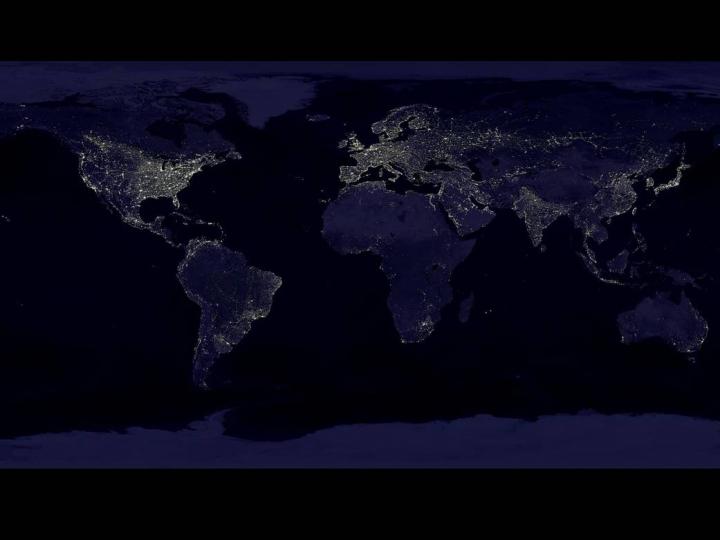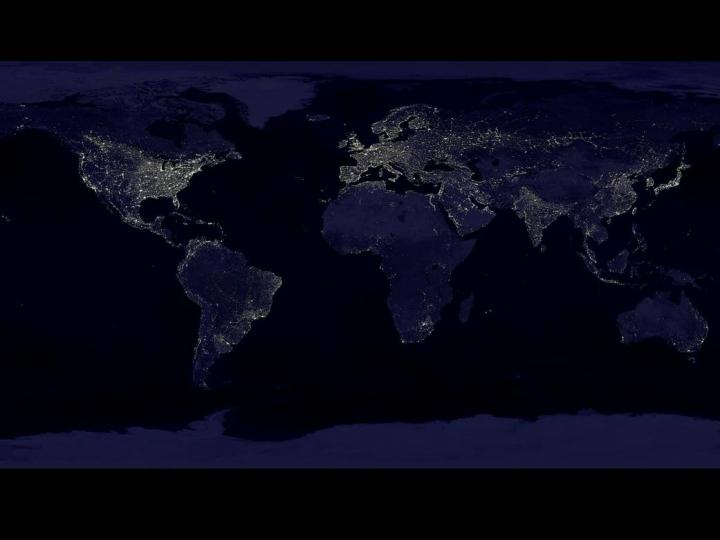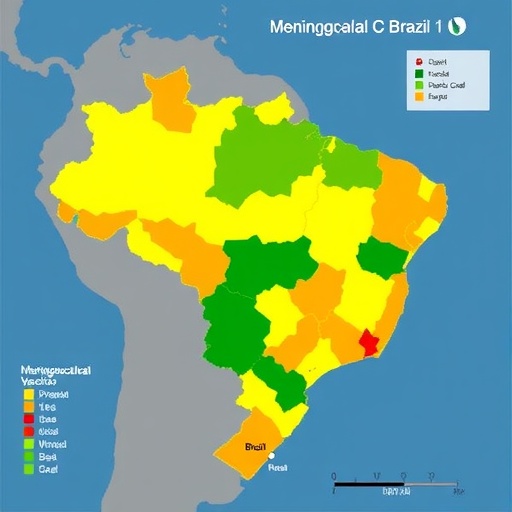
Credit: (Image courtesy of NASA)
When the Earth is dark, human activity sparkles across the globe. As seen from space, night-time lights tell a story about how we live, correlating to everything from electricity consumption and CO2 emissions, to gross domestic product, population and poverty.
While these correlations have been studied for some time, there have been few comprehensive tools to explore these relationships at a global scale over time.
Now, researchers from the Harvard John A. Paulson School of Engineering and Applied Sciences (SEAS) and the Environmental Defense Fund (EDF) have developed an online tool that incorporates 21 years of night-time lights data to understand and compare changes in human activities in countries around the world.
The research is published in PLOS One.
"Night-time lights are a proxy for economic and environmental variables," said Gernot Wagner, a research associate at SEAS and coauthor of the paper. "This is the most comprehensive tool to date to look at the relationship between night-time lights and a series of socio-economic indicators."
The tool compares the brightness of a country's night-time lights with the corresponding electricity consumption, GDP, population, poverty, and emissions of CO2, CH4, N2O, and F-gases since 1992.
Consistent with previous research, the team found the highest correlations between night-time lights and GDP, electricity consumption and CO2 emissions. Correlations with population, N2O, and CH4 emissions were still slightly less pronounced and, as expected, there was an inverse correlation between the brightness of lights and of poverty.
"This tool is able to inform our understanding about the relationship between human activities and socio-economic factors at a global scale, without relying on national statistics with often differing methodologies and motivations by those collecting them," said Jeremy Proville, coauthor of the paper and economic analyst at the EDF.
"This research shows that there are so many more opportunities to learn more about our world by marrying large datasets with powerful computational tools," said Wagner.
###
This research was coauthored by Daniel Zavala-Araiza of the EDF.
The tool can be viewed here: https://docs.google.com/spreadsheets/d/1b-TNO158_NRjDpKNaSqPyYiA49b30biVeyQ1bH9XCQo/pubchart?oid=1011209647&format=interactive
Media Contact
Leah Burrows
[email protected]
617-496-1351
@hseas
http://www.seas.harvard.edu/
############
Story Source: Materials provided by Scienmag





